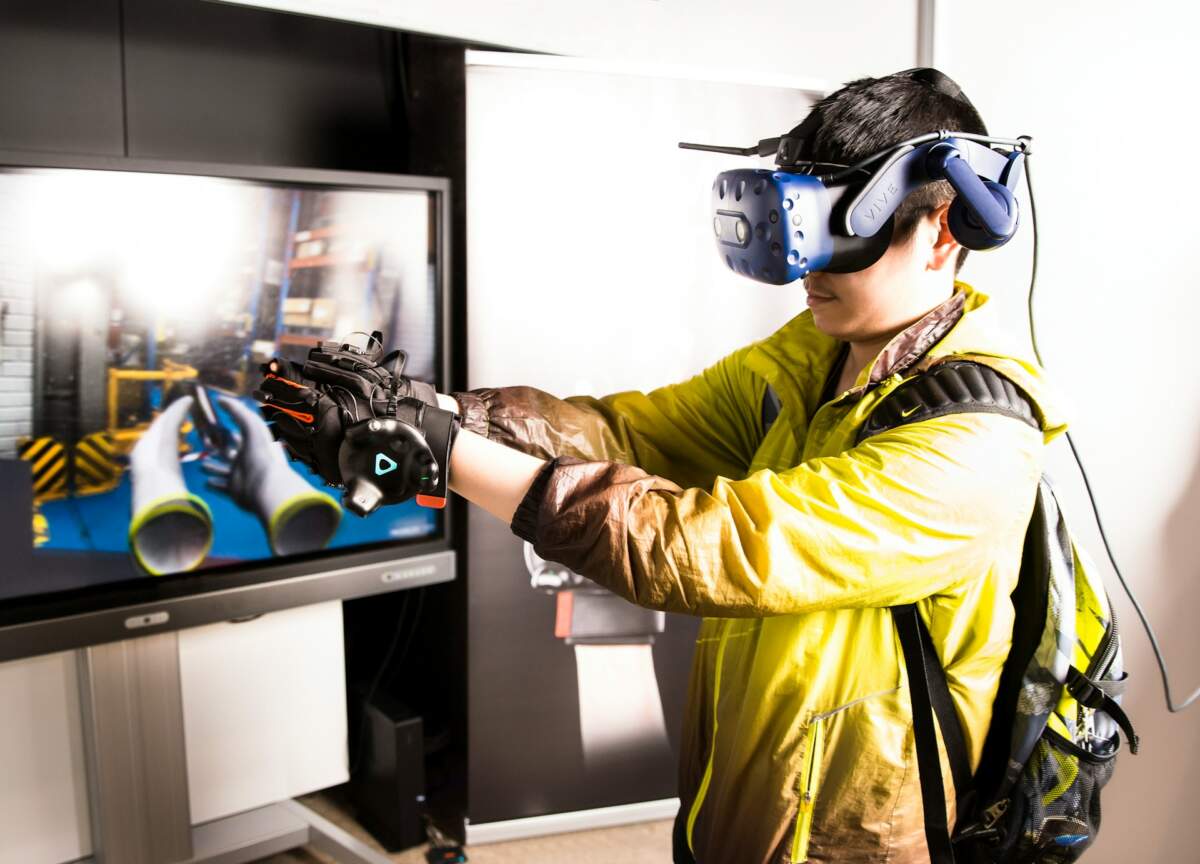Storytelling has always been at the heart of human communication, captivating audiences with vivid imagery, imaginative worlds, and compelling narratives. But storytelling is evolving, with technology offering new ways to bring creative visions to life.
Among these innovations, augmented reality (AR) stands out as a game-changer, offering dynamic, interactive, and immersive experiences that traditional mediums cannot replicate.
This blog explores how augmented reality is reshaping visual storytelling across various industries and examines how creators and consumers alike are influenced by this evolving technology.
Merging Digital and Physical Worlds
The essence of AR lies in its ability to seamlessly blend the real world with digitally enhanced graphics, sounds, and interactivity. When applied to storytelling, AR visuals deepen engagement by making narratives feel tangible.
Bridging the Gap Between Imagination and Reality
With AR, audiences no longer need to imagine a fantasy skyline or a historical scene—they can see and interact with it in their physical environment.
For instance, applications like Pokémon Go and AR-based museum experiences overlay stories directly onto real-world locations, making them part of a user’s reality.
Companies that develop storytelling content are expanding beyond static formats, enabling viewers to step into their narratives. This ability bridges the gap between imagination and reality, reimagining how visuals are crafted and consumed.
Enhancing Audience Engagement
The success of storytelling often hinges on how deeply a listener can connect with the narrative. Immersive tech like AR delivers unparalleled interactivity, allowing audiences to play an active role rather than merely acting as passive observers.
Gamified Storytelling
Gamification is a powerful way to draw audiences deeper into a story, and AR is tailor-made for this purpose. Story-driven games such as “The Walking Dead: Our World” use AR to merge players’ real surroundings with scenarios from the iconic series.
This active participation in a narrative strengthens emotional connections and enhances engagement.
Increased Retention Through Interactivity
Studies on AR applications show higher engagement rates compared to static visuals.
Imagine a children’s book coming to life on the pages as kids tilt their devices to guide animated characters—such innovation ensures that audiences retain the story better and enjoy participating in it.
Transformative Storytelling Tools
Creative professionals across multiple industries are adopting AR-powered storytelling tools to elevate experiences. Filmmakers, educators, and even marketers are taking note of the potential to create impactful stories.
Augmented Storyboards
Augmented storyboards allow filmmakers and designers to visualize their ideas in 3D before execution.
Tools like Unreal Engine and AR-enabled apps give teams a clearer sense of how objects or scenes will look in a story’s world, streamlining the creative process while enhancing outcomes.
Training and Educational Narratives
Companies are leveraging AR to deliver training scenarios in construction, emergency response, and healthcare. Storytelling becomes a way to not only educate employees but also engage them emotionally with life-like simulations.
These AR-powered narratives create meaningful connections, which amplify learning retention drastically.
Innovating Marketing Campaigns
The marketing world has embraced AR technology, employing it to tell brand stories with new levels of sophistication and creativity.
Interactive Brand Experiences
Brands like IKEA are using AR to weave product demonstrations into potential customers’ real-world spaces. Audiences can align the brand’s marketing angles with their lives, amplifying the resonance of these stories.
Whether through digital try-ons or virtual room makeovers, these campaigns captivate audiences like never before.
Personalized Stories for All
The biggest advantage of using AR storytelling tools in marketing lies in their capacity for personalization. The technology enables marketers to create content tailored to specific demographics, locations, or user data—each time, crafting a unique, interactive narrative.
Setting a New Standard for Entertainment
Entertainment industries are venturing into AR to transform how audiences experience films, live events, and music.
AR in Film and Theater
Theaters and filmmakers are experimenting with AR to dissolve the barrier between the screen and the audience.
AR glasses and tools provide viewers with 360-degree storytelling, making their surroundings adapt to an experience that goes far beyond traditional film.
For example, AR-based theatrical productions allow set pieces and characters to interact with the audience in real time, taking immersion to new atmospheric heights.
Music and Concert Experiences
Artists like Travis Scott and Ariana Grande have harnessed AR for live-streamed concerts with dazzling digital effects. These virtual concerts garnered unprecedented interaction using innovative immersive tech, shaping a new standard for events.
The Future of Immersive Storytelling
While AR has already revolutionized storytelling in many sectors, the possibilities continue to expand. Future trends suggest AR experiences will become even more accessible with the integration of 5G networks and wearable devices.
Extended Access via Wearables
AR spectacles and headsets are predicted to evolve further, making it easier for consumers to access seamless AR stories on the go. This is likely to make immersive narratives a regular aspect of entertainment and learning.
Real-Time Adaptive Narratives
The rise of Artificial Intelligence paired with AR opens doors for narratives that respond to audience actions or environmental factors. Such advancements will push storytelling toward dynamic evolution, adjusting in real time based on individual preferences.
Taking Stories to the Next Level
Augmented reality is unlocking new realms of creativity, making storytelling more powerful, personal, and immersive. By engaging audiences with world-building possibilities beyond imagination, creators can now deliver unforgettable experiences.
Whether you’re a filmmaker, brand strategist, or educator, immersive tech provides a fresh canvas for crafting narratives that leave lasting impressions.
If you’re looking for innovative ways to transform your visual storytelling strategy, augmented reality may be your next step to success.










